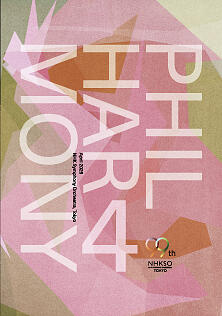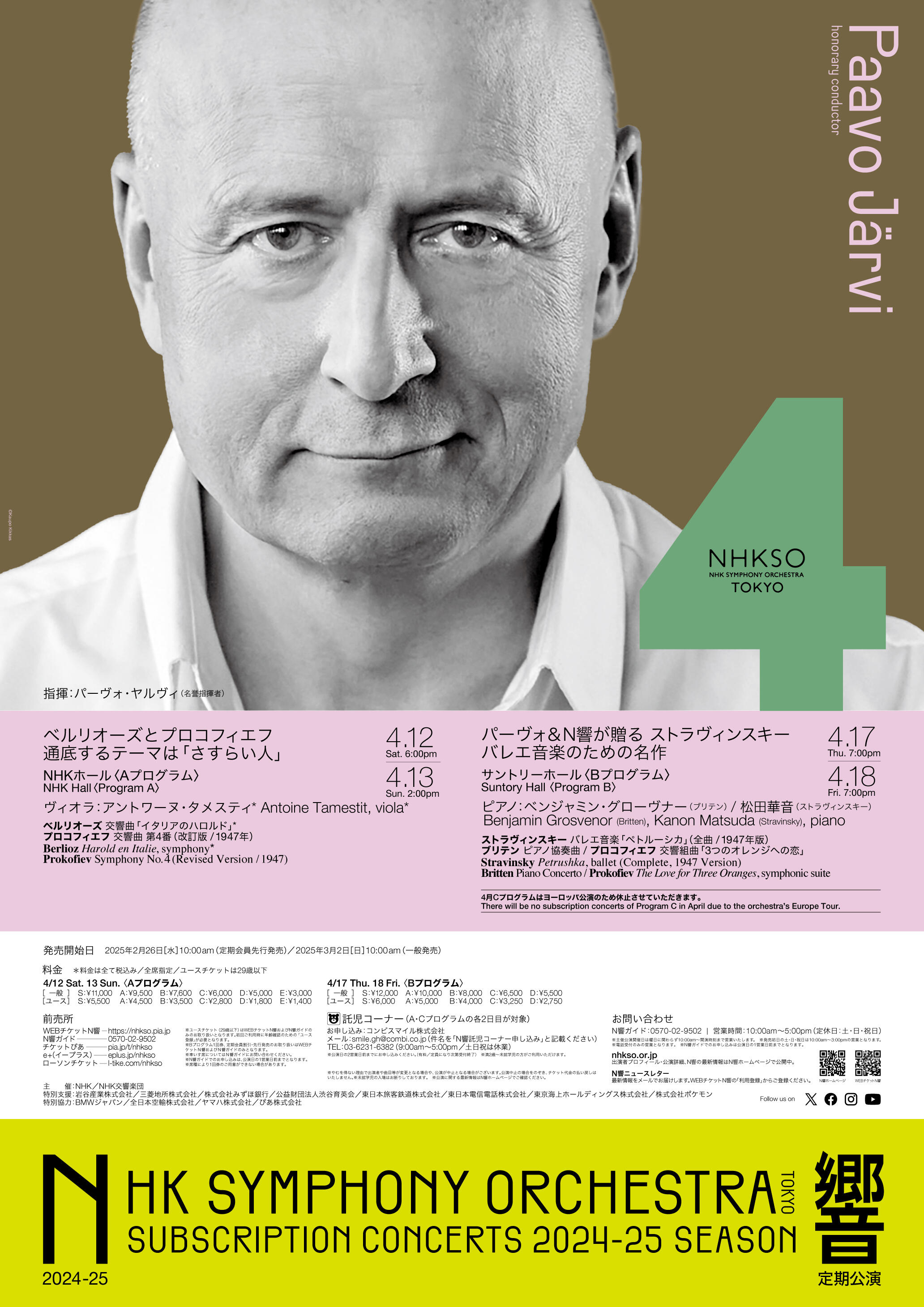- Home
- Concerts
- Subscription Concerts 2024-2025
- Program B
- No. 2035 Subscription (Program B)
No. 2035 Subscription (Program B)
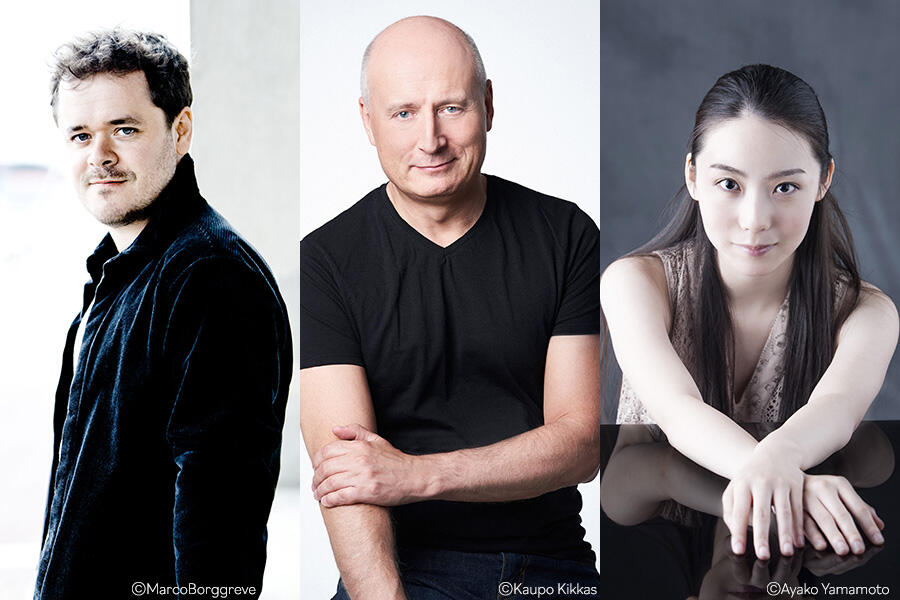
Program
Stravinsky / Petrushka, burlesque in 4 scenes (Complete, 1947 Version)
Music historians have dubbed Igor Stravinsky (1882–1971) “The Chameleon,” as the Russia-born composer drastically changed styles several times. On top, he was always ahead of the time opening a new era in classical music history.
Initially, Stravinsky composed the ballet score Petrushka in Europe before World WarI for Sergei Diaghilev’s dance company, Ballets Russes. Premiered in 1911, it stunned Paris’ discerning audience with its modernist approaches. The work stylistically belongs to Stravinsky’s early “primitivistic” period alongside his ballet scores The Firebird (1910) and The Rite of Spring (1913).
The plot of Petrushka is set at a festive fair during Russian Mardi Gras. Inspired by the “Commedia dell’arte,” an Italian traditional comedy with masked performers, it tells the love triangle story of three theater puppets (Petrushka, The Ballerina and The Moore) awakened by The Magician (or The Charlatan). Petrushka, a weak clown-puppet made of straw, tried to court The Ballerina unsuccessfully. He ends up being brutally killed by his handsome rival in love in front of the fair crowd, before reappearing as a ghost above the puppet theater. A former pupil of Nikolai Rimsky-Korsakov (1844–1908), Stravinsky borrowed several Russian folk songs for the vivid, avant-garde score. The most well-known features are the utilization of the recurrent, dissonant “Petrushka chord” (combining the two major triads of C major and F-sharp major) as well as a prominent role given to a piano.
The 1947 revised version of Petrushka was prepared when Stravinsky was in his mid-sixties, after he took US citizenship in 1945. Back in 1939, the outbreak of World War II had made him decide to move from Europe to America, the cosmopolitan composer’s last base. Compared to the original 1911 version, the 1947 one for a smaller orchestra sounds thinner and less sentimental but not without color. We can clearly hear the residue of musical neo-classicism, the movement that Stravinsky himself originated in 1920 to revive styles and aesthetics of the past in a modern light.
[Kumiko Nishi]
Britten / Piano Concerto Op. 13
Benjamin Britten (1913–1976) is one of the most notable English composers during the 20th century, alongside his seniors Edward Elgar (1857–1934) and Ralph Vaughan Williams (1872–1958). Besides his major contribution to the English opera as represented by his Peter Grimes (1945), Britten exhibited a great talent in different instrumental and vocal genres writing masterworks such as The Young Person’s Guide to the Orchestra (1945) and War Requiem (1962).
Britten was born in a port town in Suffolk facing the North Sea in 1913, the year when Stravinsky’s ground-breaking ballet score The Rite of Spring was premiered to alter the course of music history. Having said that, Britten, a precocious composer, would keep his distance from avant-garde and experimental pursuits unlike Arnold Schönberg (1874–1951) and John Cage (1912–1992). He instead updated the conventional tonal language relying often on traditional forms, to leave us truly original works.
A prime example of Britten’s early period, the Piano Concerto Op. 13 was written in 1938 in his mid-twenties and premiered the same year by himself as the soloist at the BBC Proms (The original third movement Recitative and Aria was replaced with Impromptu in 1945). Both in style and form, the concerto belongs to the above-mentioned Stravinskian neo-classicism, with the four movements presumably modeled after the dance suite from the Baroque era.
The radiant opening movement with a rapid motoric burst of notes, Toccata, reminds us of compositions by another neo-classicist Francis Poulenc (1899–1963). The nostalgically gloomy second movement, Waltz, is often likened to a tribute to the has-been Viennese waltz. The slow third movement, Impromptu, is a passacaglia, a form typical of the Baroque era of continuous variation on a given theme (usually a bass line): here Britten lets the piano give the theme solemnly at the start. Then without pause, begins the anxious finale, March, which is in a way, the most fundamental form of dance. Towards the end, the first movement’s bravura toccata is recalled in preparation for the wild finish.
[Kumiko Nishi]
Prokofiev / The Love for Three Oranges, symphonic suite Op. 33bis
Born in Imperial Russia (today in Donetsk Oblast, Ukraine), Sergei Prokofiev (1891–1953) lived overseas for eighteen years following the Bolshevik Revolution. He left his home in 1918 by permission of the Soviet authorities and, avoiding western disasters of war, headed east for America via Vladivostok and Tokyo. During this voyage, he prepared the libretto for his opera based on The Love for Three Oranges by the Venetian playwright Carlo Gozzi (1720–1806). The opera would be first-staged in Chicago in 1921, while Prokofiev arranged the symphonic suite in 1919 and revised it in 1924. Abundant in satiric effects, the music shows his earlier ferocious modernism at times.
In the eccentric plot, everyone tries in vain to make the hypochondriac Prince laugh, but he does so accidentally during a party seeing the Witch falling over. Furious, she puts a curse on him so he falls in love with three oranges that he goes in search of. The first two Princesses coming out of the enormous oranges die of thirst. The Prince marries the third Princess and expels the villains from the Kingdom. The best-known of the suite, the blatant III March is from the scene where the sick Prince is forcibly carried from his bedroom to the party. At the IV Scherzo, a rhythm of the Italian folk dance tarantella accompanies the hero’s feverish hunt for the oranges in the desert.
[Kumiko Nishi]
Artists
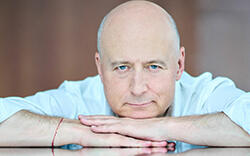 ConductorPaavo Järvi
ConductorPaavo Järvi
Paavo Järvi was born in Tallinn, the capital of the Republic of Estonia (then part of the former Soviet Union) in 1962. His father Neeme Järvi is also a renowned conductor. After learning conducting and percussion at a local music school, he went to the United States to study conducting at the Curtis Institute of Music, and then, he was under the tutelage of Leonard Bernstein in Los Angeles. He has successively held positions at the Malmö Symphony Orchestra in Sweden, the Cincinnati Symphony Orchestra, The Deutsche Kammerphilharmonie Bremen, the Frankfurt Radio Symphony Orchestra, and the Orchestre de Paris to date, of which, with The Deutsche Kammerphilharmonie Bremen, he has continued to serve as Artistic Director since 2004. From 2015 to 2022, he was Chief Conductor of the NHK Symphony Orchestra (now Honorary Conductor), while he was also appointed Music Director of the Tonhalle-Orchester Zürich, another position he still serves today.
He has made masterful performances in a wide range of repertoire with the NHK Symphony Orchestra, among which he has particularly demonstrated his artistry in modern and contemporary works, delivering dazzling performances with his refined sensibility, combined with meticulous music making. I am sure in the coming concerts, his inherent refined sense will be fully displayed in the works of Prokofiev, Stravinsky, and Britten, however, on the other hand, he will also bring a breath of fresh air to Berlioz by sharp and straightforward approach he has been known for.
[Motoyuki Teranishi, music critic]
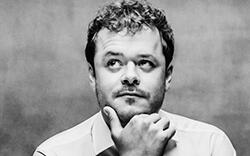 PianoBenjamin Grosvenor (Britten)
PianoBenjamin Grosvenor (Britten)
Benjamin Grosvenor was born and brought up in England, and studied at the Royal Academy of Music. In 2011, he signed a contract with a prestigious British label, becoming the youngest British musician in history and the first British pianist in 60 years to do so. The album of Schumann and Brahms released in 2023 was selected as Gramophone Editor’s Choice, as well as a Diapason d’Or de L’Année.
He made his first appearance at the BBC Proms in 2011 performing Liszt’s Piano Concerto No.2, and since then he has appeared on regular basis, and in 2020, he worked with Paavo Järvi, playing Shostakovich Piano Concerto No.1. In addition to varieties of projects he participated in as Artist-in-Residence of both Wigmore Hall and Radio France, he appeared in major music festivals, including ‘Chopin and his Europe’ Festival in Warsaw and The Festival de La Roque d’Anthéron. He is also a keen chamber musician. Recently, he was acknowledged by Gramophone as one of the top 50 pianists ever on record.
This is his first collaboration with the NHK Symphony Orchestra. He will be displaying sublime yet passionate music with his playing of a work by Britten, a great composer of his homeland.
[Haruka Kosaka, music journalist]
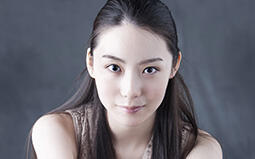 PianoKanon Matsuda (Stravinsky)
PianoKanon Matsuda (Stravinsky)
Born in Takamatsu-City of Kagawa Prefecture, Kanon Matsuda started learning piano at the age of four, and when she was six, went to Russia to study under Elena Ivanova, and then in the following year, entered the Moscow Gnessin Special School (college) of Music. After that, she was accepted at the Moscow State Conservatory as the first Japanese student to receive a special scholarship from the Russian government, studied under Mikhail Voskresensky and Eliso Virsaladze, and completed graduate school in June 2021.
She first played with an orchestra at the age of eight, and since then she has played under the batons of renowned conductors such as Mikhail Pletnev, Valery Gergiev, and Andrea Battistoni as well as leading orchestras, and in 2014, she made her debut from a long-established German label, and has released two albums to date.
She performed Akira Ifukube’s Ritmica Ostinata with the NHK Symphony Orchestra conducted by Michiyoshi Inoue in 2020, and Shchedrin’s Piano Concerto No. 1 with the Japan Century Symphony Orchestra conducted by Norichika Iimori at the NHK Music Festival in 2021, both of them have earned high acclaim. In 2023, she was a soloist for the NHK Symphony Orchestra’s Hokkaido tour.
As she grew up in an environment of Russian culture since her early age, her playing of Stravinsky’s Petrushka will garner much expectation.
[Haruka Kosaka, music journalist]
Download
Ticket
Program B
No. 2035 Subscription (Program B)
Suntory Hall
Google Map
Seating Chart
Single Tickets Release Date
Pre-sales for Subscribers:Wednesday, February 26, 2025
*about subscribers
Sale to General Public:Sunday, March 2, 2025
Price
| S | A | B | C | D | |
|---|---|---|---|---|---|
| Ordinary Ticket | 12,000 | 10,000 | 8,000 | 6,500 | 5,500 |
| Youth Ticket | 6,000 | 5,000 | 4,000 | 3,250 | 2,750 |
Seating chart Enlarge Print PDF
*tax included
*Subscribers receive a 10% discount (Available at NHKSO WEB Ticket and N-Kyo Guide)
*For wheelchair-accessible seats, please refer to the N-Kyo Guide
Youth Tickets
Youth Tickets are great options for those of 29 years old and younger
Subscription tickets
Release Date
ANNUAL SUBSCRIPTION TICKETS
Mon., July 15, 2024 10:00am
[For Subscribers: Sun., July 7, 2024 10:00am]
Where to buy
NHKSO WEB Ticket | Thursday, April 17, 2025 (In English / Seats not selectable)
NHKSO WEB Ticket | Friday, April 18, 2025 (In English / Seats not selectable)
NHKSO WEB Ticket (In Japanese only / Seats selectable)
N-Kyo Guide (Purchase by telephone only)
*Repertoire, conductor, soloists and program order are subject to change without notice.
*Pre-school children are not allowed in the concert hall

